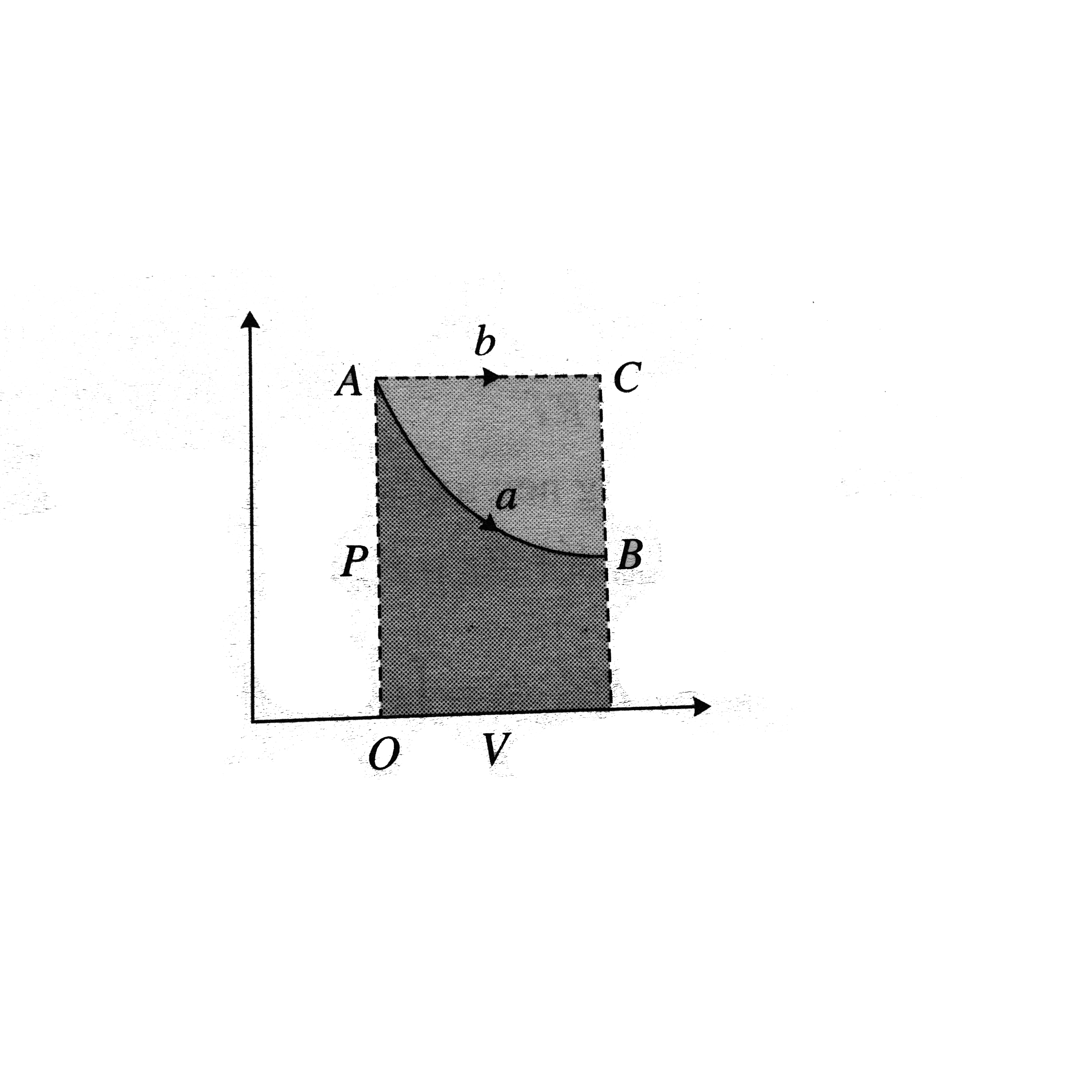The initial pressure of neon is , the initial volume is . The gas expanded adiabatically so that its volume increased three times. Find the final pressure. Compare with the pressure that would result from an expansion at constant temperature. In which process does the gas perform more work upon expansion?
The correct Answer is:
Similar Questions
The initial pressure of air is 4.0×106Pa, the initial volume is 2.0m3. The gas was compressed adiabatically so that its volume decreased to a quarter of its original volume. Find the final pressure. Compare with the pressure -that would result from a similar compression of the gas at & constant temperature.
Which process requires the greater work to be performed in compressing tho gas?
View Solution2m3 volume of a gas at a pressure of 4×105Nm−2 is compressed adiabatically so that its volume becomes 0.5m3 Find the new pressure . Compare this with the pressure that would result if the compression was isothermal. Calculate work done in each γ=1.4
View Solution
Knowledge Check
A diatomic gas undergoes adiabatic compression and its volume reduces to half of initial volume then its final pressure would be if initial pressure of gas is P.
A21.4PBP/2C2PD3.07 P
2m3 volume of a gas at a pressure of 4×105Nm−2 is compressed adiabatically so that its volume becomes 0.5m3 Find the new pressure . Compare this with the pressure that would result if the compression was isothermal. Calculate work done in each γ=1.4
View SolutionA diatomic gas expands adiabatically so that final density is 32 times the initial density. Find pressure becomes N times of initial presurre . the value of N is:
View SolutionThe volume of an ideal gas (γ1.5) is changed adiabatically from 4.00 liters to 3.00 liters . Find the ratio of (a) the final pressure to the initial pressure and (b) the final temperature to the initial temperature.
View SolutionThe volume of an ideal gas (γ=1.5) is changed adiabatically from 4.00 liters to 3.00 liters . Find the ratio of (a) the final pressure to the initial pressure and (b) the final temperature to the initial temperature.
View SolutionA quantity of gas occupies an initial volume V0 at pressure p0 and temperature T0. It expands to a volume V (a) constant temperature and (b) constant pressure. In which case does the gas do more work ?

View SolutionA quantity of gas occupies an initial volume V0 at pressure p0 and temperature T0. It expands to a volume V (a) constant temperature and (b) constant pressure. In which case does the gas do more work ?

View SolutionA sample of an ideal gas in a cyclinder is compressed adiabatically to 13rd of its volume. Will final pressure be more or less than 3× the initial pressure?
View Solution
